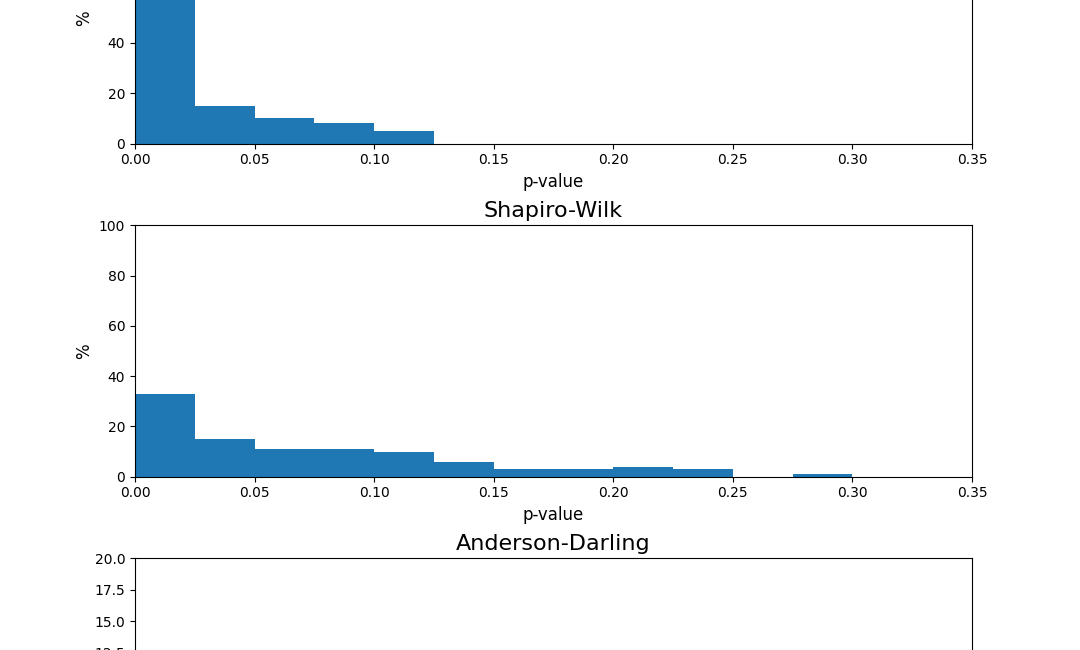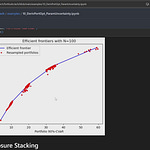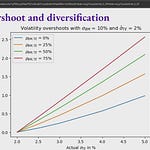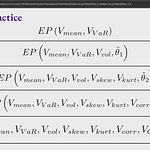The normal return distribution assumption has been made on many occasions in academic finance theories such as CAPM, Black-Litterman, and mean-variance.
However, most people with just a bit of practical investment experience understand that the assumption is incorrect, see the Portfolio Construction and Risk Management book.
Some academics keep insisting that the old methods are not that bad, arguing for the existence of something called “Aggregational Gaussianity”, where log-returns should become closer to a normal distribution on longer horizons.
The academic arguments are based on some undefined central limit theorem (CLT), but when we test this against real-world data, it seems that the underlying assumptions do not hold.
There are also several logical issues with using log-returns to justify the old theories on longer horizons that are carefully presented in The Normal Distribution Myth SSRN article.
The article’s accompanying Python code performs several formal tests for normality of 10 US equity indices, using 26 years of daily data.
You can get a high-level description of the results in the post below:
The Normal Distribution Myth
Most of the current mainstream academic investment theory builds on the assumption that returns follow a normal or elliptical di…
Applied Quantitative Investment Management course
The Applied Quantitative Investment Management course carefully goes through the next-generation investment framework presented in the Portfolio Construction and Risk Management book.
The next-generation investment framework focuses on fully general return distributions, sophisticated views and stress testing, as well as tail risk optimization. Hence, it naturally avoids the main limitations of the old theories such as CAPM, Black-Litterman, and mean-variance.
As a paid subscriber, you have full access to the course and asking questions. You also have access to an expanding collection of exclusive case studies.
If you subscribe using your work e-mail, consider expensing the subscription and potentially using the group subscription option.
You can watch the first video of the Applied Quantitative Investment Management course for free:
Lecture 1: Intro and Python setup
This is the first lecture of the Applied Quantitative Investment Management course that goes through the Portfolio Construction and Risk Management book and its accompanying Python code.











